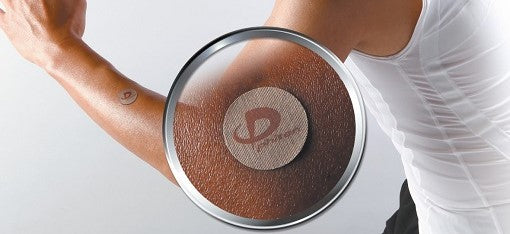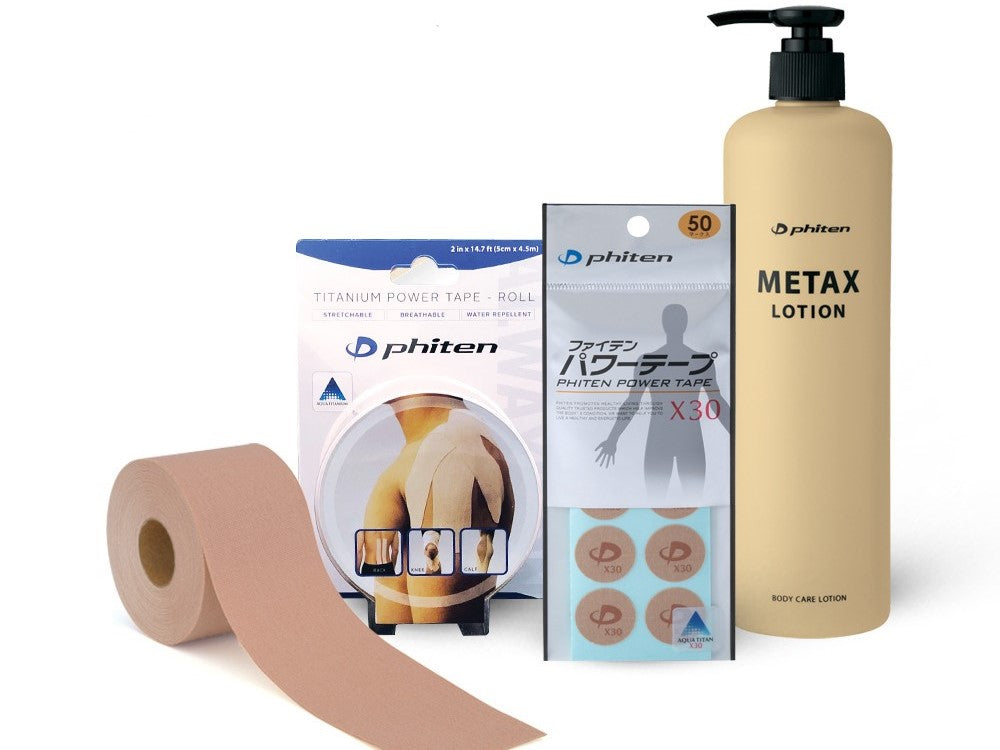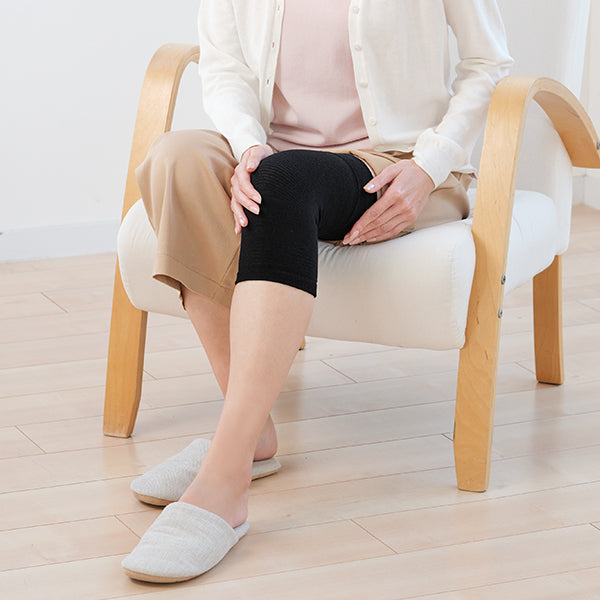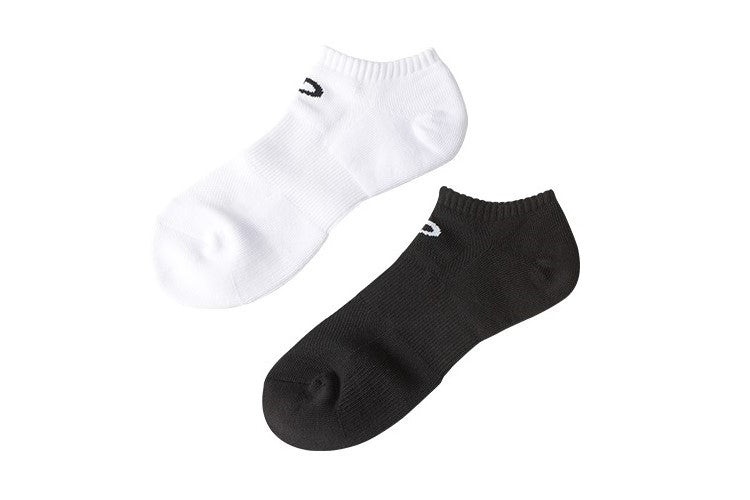Foot Health: Understanding Your Metatarsals
Hello, Valued Phiten Customers,
Welcome back to our Phiten Newsletter. In this edition, we delve into the crucial role of the metatarsal bones in maintaining foot health. Understanding these bones and their function can significantly enhance your mobility and comfort, and prevent common foot ailments.
What are the Metatarsal Bones?
The metatarsals are five long bones located in the forefoot, extending from the arch of your foot to your toes. They help distribute weight and absorb shock during movement, crucial for balance and walking efficiency. While the longitudinal arch runs lengthwise from heel to toe, the metatarsal arch stretches across the width of your foot near the toes. This side-to-side arch helps your foot adjust to different surfaces as you walk and stand, playing a crucial role inbalancing and stabilizing your movements.

Importance of Metatarsal Health
Healthy metatarsals ensure efficient movement and stability, minimizing the risk of injuries and pain. They are essential for:
- Weight Distribution: Proper alignment and function prevent excessive pressure on any part of the foot.
- Shock Absorption: This protects not just the feet but also the ankles, knees, and hips from impact-related injuries.
- Overall Mobility: Healthy metatarsals are vital for activities that involve walking, running, or standing.
Issues can arise due to flat or overly high metatarsal arches:
- Flat Metatarsal Arch: Leads to increased pressure on the ball of the foot, causing metatarsalgia, calluses, and altered walking mechanics.
- High Metatarsal Arch: Causes poor shock absorption, instability, increased heel and forefoot pressure, and reduced foot flexibility.

Symptoms to Watch For
- Pain, especially in the ball of the foot
- Calluses or skin irritation under the foot
- Instability or discomfort while walking
- Difficulty in finding comfortable footwear
Management and Treatment Strategies
To maintain or restore health to your metatarsals, consider the following approaches:
- Supportive Footwear: Choose shoes with appropriate support for your arch type, cushioning high-pressure areas.
- Orthotic Devices: Custom or over-the-counter orthotics can greatly aid in redistributing foot pressure.
- Foot Exercises: Strengthen and stretch the muscles and joints in your feet to support the metatarsals.
- Professional Care: Consult with a podiatrist for persistent pain or discomfort, as tailored treatments or interventions may be necessary.
We hope this guide enhances your understanding of the metatarsal bones and helps you take proactive steps toward maintaining your foot health. Look forward to more insights in our upcoming issues.
Stay informed, stay healthy,
Disclaimer:
Please note that the information provided in this newsletter is for educational purposes only. It is not intended as a substitute for professional medical advice, diagnosis, or treatment. Always seek the advice of your physician or other qualified health providers with any questions you may have regarding a medical condition. Individual cases may vary, emphasizing the importance of personalized medical advice.







